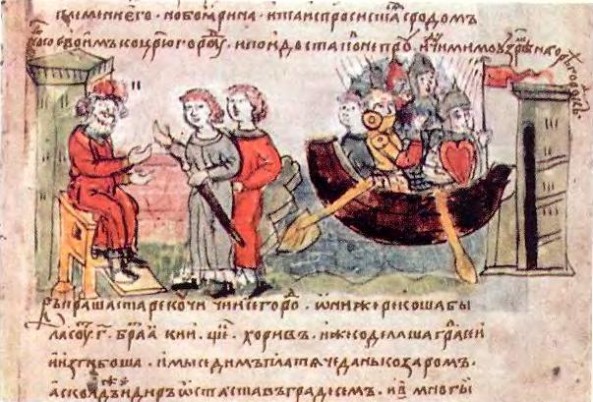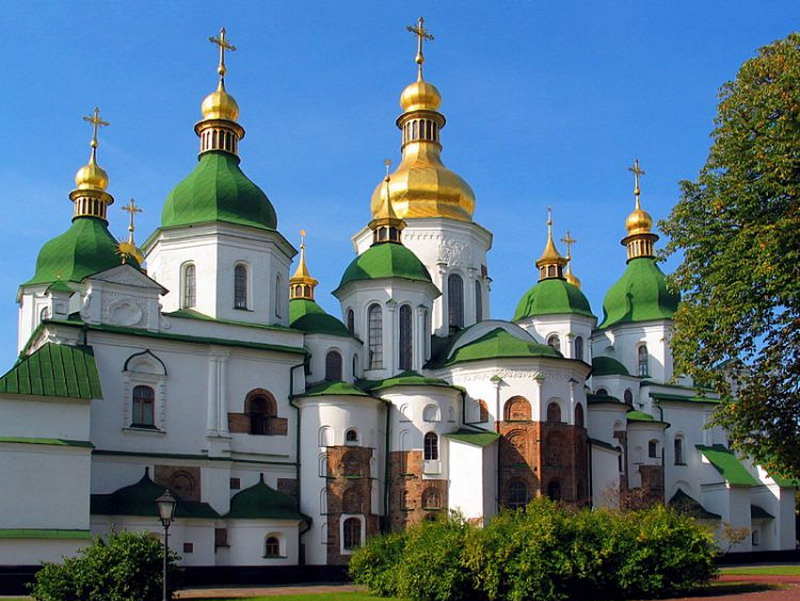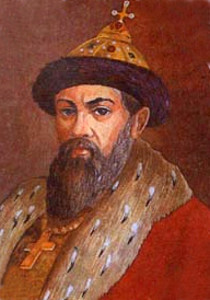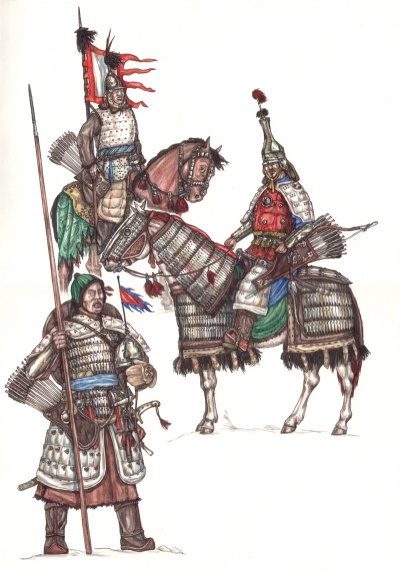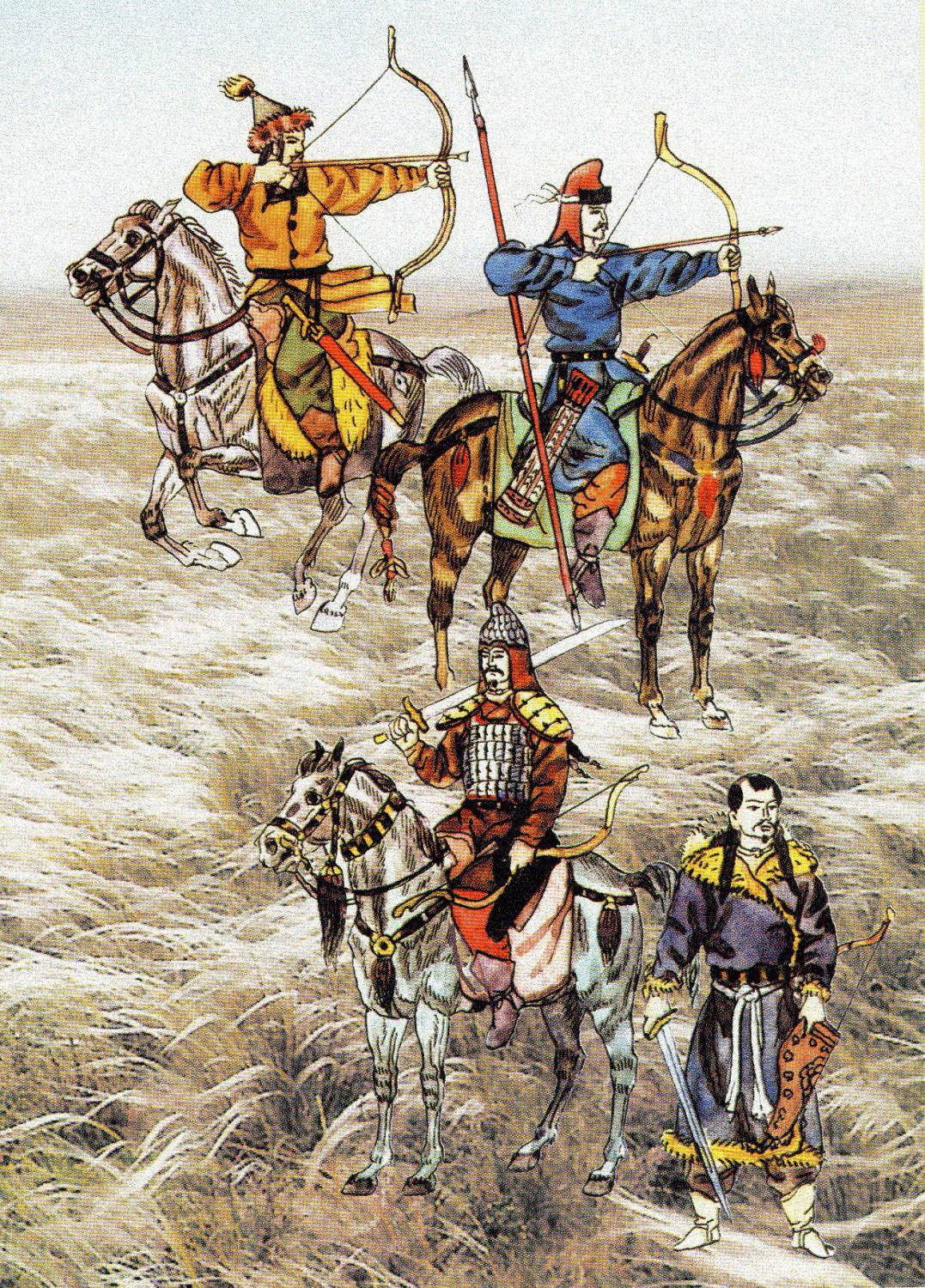В грошовий обіг гривню було запроваджено 1996 року. Вона
замінила таку валюту як купоно-карбованець, котра була перехідною валютою та
використовувалась разом з радянським рублем. Згодом рубль став майже не
використовуватись.
1991 року розроблявся дизайн гривні, купюр різних
номіналів.
Через складну економічну ситуацію масовий випуск гривні
відбувся аж у 1996 році. Те ж саме стосується українських монет – копійок.
На аверсах гривень зображені видатні постаті з історії України:
1 – Володимир Великий
2 – Ярослав Мудрий
5 – Богдан Хмельницький
10 – Іван Мазепа
20 – Іван Франко
З часом додались купюри:
50 – Михайло Грушевський
100 – Тарас Шевченко
200 – Леся Українка (Лариса Косач)
А найпізніше
500 – Григорій Сковорода
З іншої сторони купюр було зображено відомі місця України
1 – Руїни Херсонеса – давньогрецького міста у Криму
2 – Собор святої Софії, збудований за часів правління Ярослава.
5 – церква у селі Суботів, де був похований Богдан
Хмельницький
10 – Успенський Собор Києво-Печерської лаври
20 – Львівський Оперний театр
50 – Будівля уряду УН (тепер ВРУ)
100 – Пам’ятник Володимиру Великому та Софійський Собор в
Києві
200 – Луцький замок
500 – Києво-Могилянська академія
На сьогодні змінився реверс на кількох банкнотах –
1 – Град Володимира Великого у Києві
100 – Кобзар з хлопчиком-поводирем
In money
circulation hryvnia was introduced in 1996. It replaced such as currency
coupon-ruble, which was transitional currency and used together with the Soviet
ruble. Later, the ruble was hardly used.
In 1991 was developed design of hryvnia banknotes of various denominations.
Due to the difficult economic situation, mass production hryvnia held up in 1996. The same applies to Ukrainian coins - kopijki.
The obverse depicts UAH prominent figures from the history of Ukraine:
1 - Volodymyr the Great – Prince of Kyiv Rus’
2 - Yaroslav the Wise – Prince of Kyiv. Son of Volodymyr the Great
5 - Bogdan Khmelnytsky (Hmelnytskiy) – Ukrainian famous Hetman (Cossacks leader)
10 - Ivan Mazepa – Ukrainian famous Hetman (was elected a Hetman 30 years after Bogdan Khmelnytskiy’s death)
20 - Ivan Franko – famous Ukrainian poet, writer and politic figure
Eventually notes were added:
50 - Mychaylo Grushevskii – a President of Ukrainian People Republic (UNR), historian
100 - Taras Shevchenko – famous Ukrainian poet, writer and painter
200 - Lesya Ukrainka (Lesya the Ukrainian) – famous Ukrainian writer and poet. Real name – Larysa Kosach
And at the latest
500 - Grygoriy Skovoroda – famous Ukrainian philosopher
On the other side are portrayed famous places of Ukraine
1 - The ruins of Chersonesus - ancient Greek city in Crimea
2 - Saint Sophia Cathedral. Cathedral was built during the reign of Yaroslav.
5 - Church in the village Subotiv, where was buried Bohdan Khmelnytsky
10 - Cathedral of Kiev Pechersk Lavra
20 - Lviv Opera House
50 - Government Building of UNR (now – building of our Parliament)
100 - A monument to Volodymyr the Great and Saint Sophia Cathedral in Kiev
200 - Lutsk castle
500 - Kyiv-Mohylyanska Academy
Today the reverse has changed in several bills -
1 - Grad (town) of Volodymyr the Great in Kyiv
100 - Kobzar (man who play kobza) with a boy-guide
In 1991 was developed design of hryvnia banknotes of various denominations.
Due to the difficult economic situation, mass production hryvnia held up in 1996. The same applies to Ukrainian coins - kopijki.
The obverse depicts UAH prominent figures from the history of Ukraine:
1 - Volodymyr the Great – Prince of Kyiv Rus’
2 - Yaroslav the Wise – Prince of Kyiv. Son of Volodymyr the Great
5 - Bogdan Khmelnytsky (Hmelnytskiy) – Ukrainian famous Hetman (Cossacks leader)
10 - Ivan Mazepa – Ukrainian famous Hetman (was elected a Hetman 30 years after Bogdan Khmelnytskiy’s death)
20 - Ivan Franko – famous Ukrainian poet, writer and politic figure
Eventually notes were added:
50 - Mychaylo Grushevskii – a President of Ukrainian People Republic (UNR), historian
100 - Taras Shevchenko – famous Ukrainian poet, writer and painter
200 - Lesya Ukrainka (Lesya the Ukrainian) – famous Ukrainian writer and poet. Real name – Larysa Kosach
And at the latest
500 - Grygoriy Skovoroda – famous Ukrainian philosopher
On the other side are portrayed famous places of Ukraine
1 - The ruins of Chersonesus - ancient Greek city in Crimea
2 - Saint Sophia Cathedral. Cathedral was built during the reign of Yaroslav.
5 - Church in the village Subotiv, where was buried Bohdan Khmelnytsky
10 - Cathedral of Kiev Pechersk Lavra
20 - Lviv Opera House
50 - Government Building of UNR (now – building of our Parliament)
100 - A monument to Volodymyr the Great and Saint Sophia Cathedral in Kiev
200 - Lutsk castle
500 - Kyiv-Mohylyanska Academy
Today the reverse has changed in several bills -
1 - Grad (town) of Volodymyr the Great in Kyiv
100 - Kobzar (man who play kobza) with a boy-guide
Hryvnia was
Hryvnia is
Sorry, I don't have 500 ;)

















